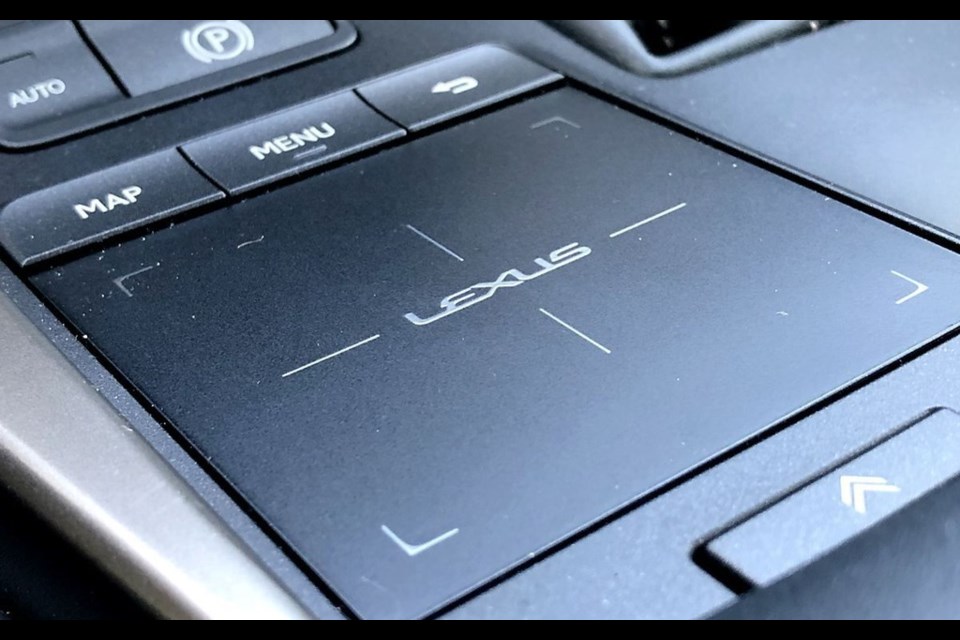In the video promoting its NX compact utility vehicle, Lexus insists on how the embarked technology helps avoid imminent collisions and traffic jams. As they say, to err is human. If only the vehicle itself did not help commit errors in the first place…
Being distracted while driving takes many forms. The emergence of mobile text messaging certainly put a new light on the phenomenon, but it is not the only cause in play. Studies show that even a phone call, taken through the car’s hands-free system, can reduce the driver’s attention and multiply by four the risk of accidents.
That’s why most car companies have adopted new interfaces aiming to reduce the interaction with the machine, while operating the vehicle: touchscreens, voice control, head-up displays…
Reflect on This
Premium brands like these technologies the most, because they correlate to the impression of taking a high-end, leader-of-the-pack stand. Case in point: the 19 speakers aboard the most recent Range Rover SUVs. The Mercedes-Benz S-Class’ hot stone massage-simulating seats is another example.
The trackpad aboard some of the most recent Lexus models too. And it can yet again be found on the central console of the NX, a compact SUV aimed at younger, wealthier buyers.
These buyers are in for a treat: the car’s interior is impeccable. The two-tone anthracite and brushed metal design may be a little cold, but it’s very slick and modern. It screams urban design. But beauty and utility don’t always go well together. Form and function are not the same thing, as they say.
A small, detachable mirror located on the centre console, near the driver’s armrest, is an obvious illustration of this. You pull on a small tongue of leather to access this reflective surface and then use it to… do what, exactly? Make sure your makeup is okay? Fix your hair on your way to work?
Is this really necessary?
A computer mouse in your car
A good old trackpad can also be found on the NX’s central console. With it, you can command the vehicle’s infotainment system, music, navigation, general settings and more, the way you would on your MacBook or your Dell portable computer.
As touch surfaces go, a trackpad is probably the most obvious one. But why should you put this PC peripheral in an automobile? Suppose for a moment it’s because it helps recreate the typical interaction you have with a computer. Then, when you swipe a finger on it, you’d expect the on-screen cursor to follow your movements.
That’s not what happens here. The cursor is automatically attracted to selectable items appearing on the screen. So you could swipe left, and it would go up or down, regardless.
A computer mouse aboard a vehicle is not the safest interface you could imagine. A system behaving almost randomly on top of it appears to be more dangerous than anything else: to make sure it does the right thing, the driver has to take his or her eyes off the road for a few seconds more than a more traditional system would require. In other words, it creates more distraction, rather than eliminating it.
Of course, the front collision avoidance and lane departure systems also equipping the NX will alert the driver of an eventual faux-pas. But that’s helping avoid a problem the vehicle itself created in the first place.
That trackpad is probably one of the worst multimedia interfaces on the market right now. As we keep hearing, cars look more and more like computers on wheels, but it would be wise not to take this expression too literally…



